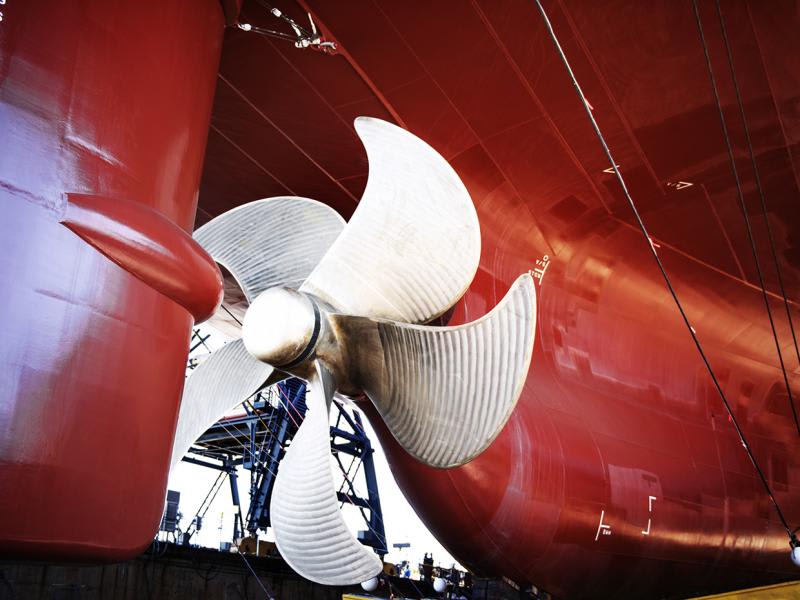AUTHORS


One of the most common expenses that individual taxpayers claim is the deduction in relation to their car expenses.
Under the tax legislation, an expense can be claimed as a tax deduction if the expenses are incurred in producing or gaining assessable income or necessarily incurred in carrying on a business for the purpose of gaining or producing assessable income. It is important to note that an expense cannot be deducted if it has a capital element to it or is private in nature [1].
There are specific provisions in the tax legislation around individual taxpayers where certain conditions must be satisfied in order to claim a deduction for car related expenses.
In a recent case of Mathews and FCT [2023] AATA 1329, the Australian Taxation Office (“ATO”) denied an individual taxpayer just over $150,000 in deductions where $76,600 was in relation to expenses related to his car.
The Administrative Appeals Tribunal (“AAT”) agreed with the ATO that there was unsatisfactory substantiation that repairs of $66,600 was carried out in relation to his car.
A claim of $2,050 in fuel expenses and car insurance expense was also denied as the logbook records lacked sufficient details and the business and personal use was not correctly apportioned.
This highlights the fact that it is very important to ensure proper substantiation is kept when claiming work-related car expenses. If the logbook method is used, it is very important to ensure that a ‘valid’ logbook is kept, and expenses claimed properly substantiated (in the form of receipts or invoices where required).
To claim a work-related car expense, the car itself must be owned, leased or hired under a hire purchase arrangement by you.
What is a car? A car is a motor vehicle that carries a load of 1 tonne and fewer than 9 passengers (including the driver).
The following are a list of examples to define further on the work-related car expenses:
- Travel from one workplace to another workplace;
- The first leg of the travel will start at your workplace and end at your workplace;
- The expense must not be in relation to a personal expense.
Trips between your home and place of work cannot be claimed in general except in very limited circumstances.
Once the above is determined, an individual taxpayer can use either of the two methods below to calculate work-related car expenses [2]:
- “Cents per km” method
- “Logbook” method
"Cents per km" method
Under this method, you must only identify the number of kilometres (limit to 5,000 work-related kilometres per car) driven during the financial year and multiplied by the cents per kilometre as issued by the ATO.
How much can you claim?
- 2020-2022 - 72 cents per kilometre
- 2022-2023 - 78 cents per kilometre
The cents per kilometre rate covers all car expenses, including:
- decline in value
- registration
- insurance
- maintenance
- repairs
- fuel costs.
If you and another joint owner use the car for separate income-producing purposes, you can each claim up to 5,000 work-related kilometres per year.
It is important to note that a valid substantiation record must be kept in the form of diaries or notes.
Logbook Method
Under this method, a logbook must be kept in addition to all the receipts and records for expenses relating to the car.
What is a valid logbook?
- Identify an income year to keep a logbook
- Choose a period of at least 12 weeks for the logbook to cover
- Record journeys made in the car during the logbook period in the course of producing your assessable income.
Once the logbook has been kept, you don’t need a new one for another 4 income years unless the commissioner sends the notice directing you to keep a logbook or if one or more additional cars are purchased where you want to use the logbook method.
For more information
If you require assistance on how you can keep a valid logbook or if you have incurred car related expenses but are not sure how to apportion the car usage for your tax deduction, please reach out to your local RSM adviser for help.
[1] Section 8-1 of the Income Tax Assessment Act 1997 (“ITAA 1997”)
[2] Section 28-5 of the ITAA 1997




